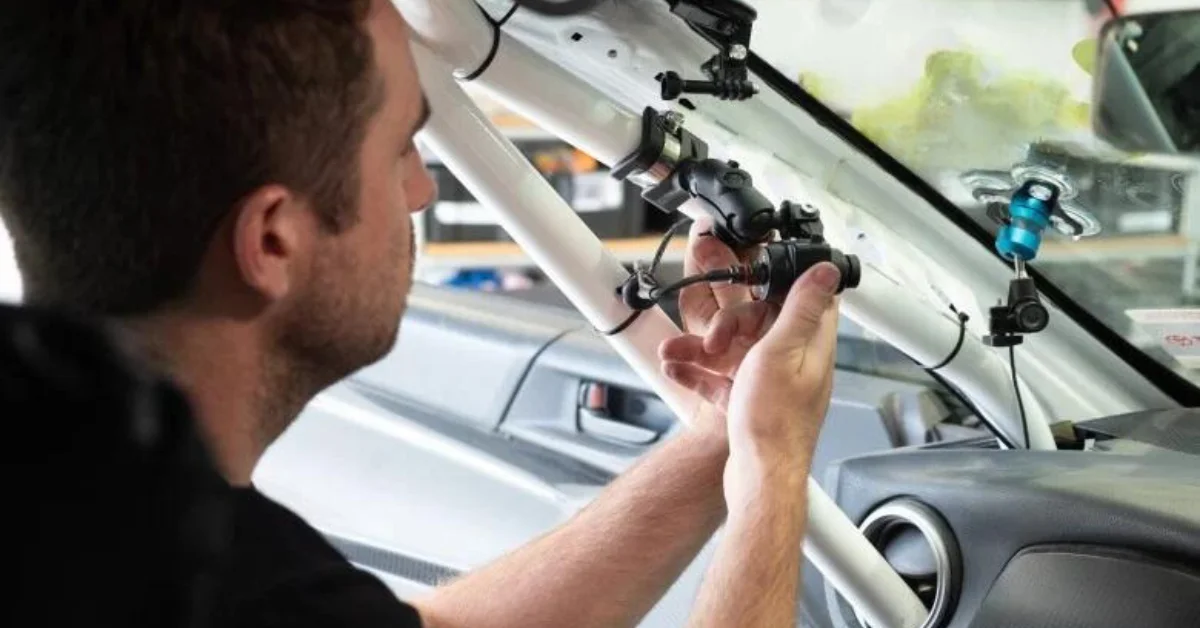As a racer, you should know that racing is a blend of art and science, and every millisecond counts. A data logging system is one of the most advanced tools for enhancing your racing skills. We’ll explore using data logging systems in cars to boost your racing skills, and you can even improve your probability of race winning.
Understanding Data Logging Systems In Cars
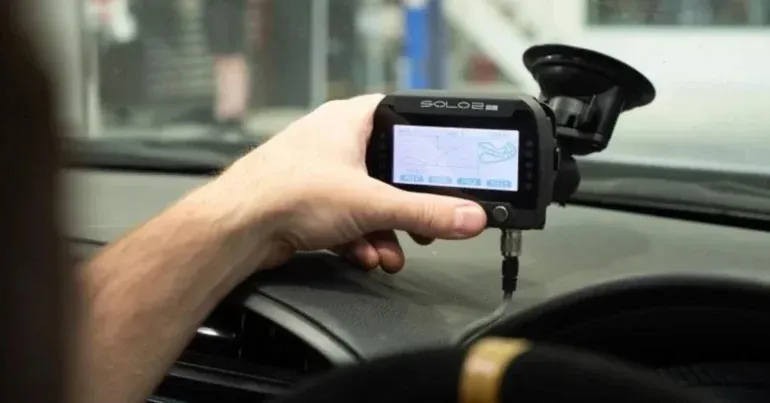
Data logging systems in cars are sophisticated setups that record various parameters of your vehicle’s performance. These systems capture data on speed, acceleration, braking, throttle position, steering input, and much more. The primary goal is to analyze this data to identify areas of improvement and refine your driving technique.
Pro Tip:
Benefits Of Data Logging Systems In Cars
Data logging systems in cars provide essential insights that help drivers enhance their racing performance and make informed adjustments.
1. Precise Performance Metrics
Data logging systems provide detailed metrics on your car’s performance. This precision helps pinpoint specific areas for improvement, such as braking zones or throttle application.
2. Enhanced Driving Techniques
By analyzing the data, drivers can better understand their driving habits. This understanding allows for the refinement of techniques, leading to better control and faster lap times.
3. Informed Adjustments
Data logging systems in cars enable drivers to make informed adjustments to their vehicle setup. Whether tweaking the suspension or altering tire pressure, data-driven decisions lead to optimal performance.
Pro Tip: Capital Exotic always uses data logging systems to check their supercars fleet in their racing events.
Setting Up Your Data Logging System
Properly setting up your data logging system is crucial for accurate data collection and analysis. Here’s how to do it:
1. Choose the Right System
Select a data logging system that suits your needs. Look for systems that offer comprehensive data collection and easy-to-use interfaces. Popular options include AIM, MoTeC, and Racepak.
2. Install Sensors Correctly
Ensure all sensors are installed correctly and calibrated. Standard sensors include GPS for tracking position, accelerometers for measuring G-forces, and various vehicle sensors for engine performance.
3. Integrate Video Analysis
Many data logging systems can integrate with video recording. This combination lets you correlate data points with visual footage, clearly understanding your driving performance.
Analyzing Data For Improvement
Analyzing the data from your logging system is critical to identifying areas for enhancement and making data-driven decisions. Here’s how to do it:
1. Review Lap Times
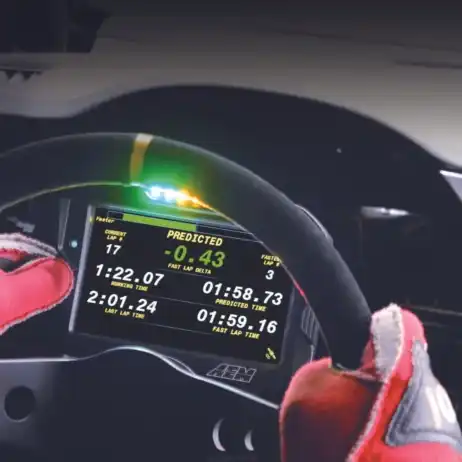
Start by reviewing your lap times. Look for consistency and identify any laps that deviate significantly. These deviations often indicate areas for potential improvement.
2. Examine Speed Traces
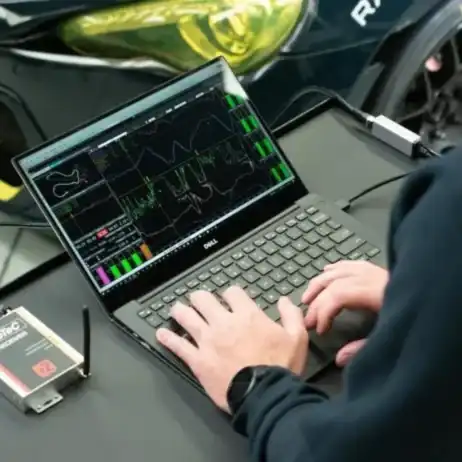
Analyze speed traces to understand your acceleration and deceleration patterns. Identify sections where you can carry more speed or improve braking efficiency.
3. Throttle and Brake Analysis
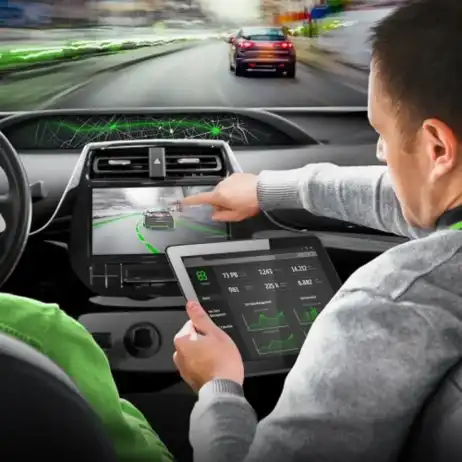
Review throttle and brake application data. Smooth and progressive inputs often lead to better control and faster lap times. Look for any abrupt changes that indicate areas for smoother application.
4. Cornering Analysis
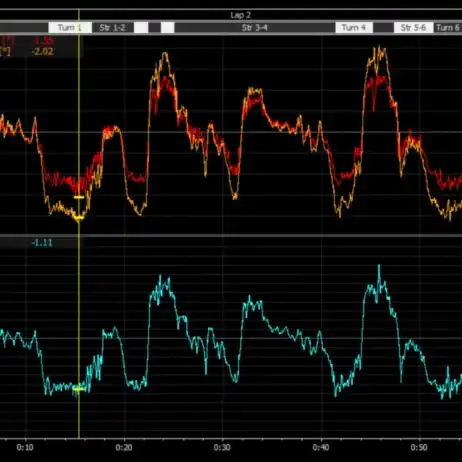
The cornering is critical in racing. Use data to analyze your entry, apex, and exit speeds. Look for patterns in successful corners and replicate those techniques consistently.
5. G-Force Data
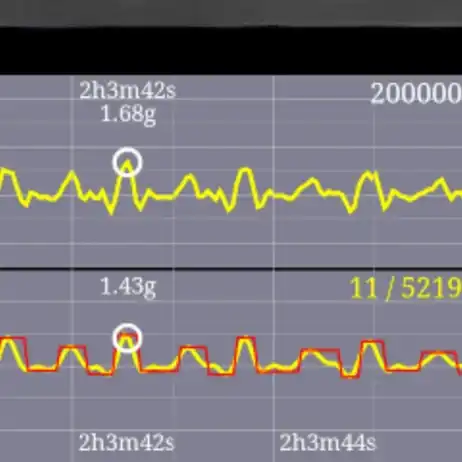
Examine G-force data to understand how your car behaves under different conditions. High lateral G-forces indicate cornering loads, while longitudinal G-forces show acceleration and braking forces. Optimize your driving to manage these forces effectively.
Related Article: How To Install A Driver Cooling System In Your Car For Race
Implementing Data-Driven Changes
Turning your data analysis into actionable improvements is essential for boosting your racing skills. Follow these steps to implement data-driven changes effectively:
1. Focus on One change at a Time
When making changes based on data, focus on one aspect at a time. This approach allows you to calculate the impact of each change accurately.
2. Practice Consistently
Consistency is vital to improvement. Regular practice with your data logging system will help you refine your skills and make incremental improvements.
3. Seek Expert Advice
If you’re new to data analysis, consider seeking advice from a coach or experienced racer. They can provide insights and help you interpret the data more effectively.
Final Thoughts
Using data logging systems in cars is a game-changer for any serious racer. These systems provide detailed insights into every performance aspect, allowing for precise and informed adjustments. You can boost your racing skills by consistently analyzing and applying data-driven changes.
FAQs
1. What is a data logging system in a car?
A tool that records performance metrics like speed, acceleration, braking, and throttle position to analyze and improve racing skills.
2. How can data logging systems in cars improve my racing skills?
By offering detailed insights into driving habits and car performance, data logging systems enable you to make data-driven adjustments for improved lap times and consistency.
3. What features should I look for in a data logging system?
Look for comprehensive data collection, GPS tracking, video integration, ease of use, and strong customer support. Popular options include AIM, MoTeC, and Racepak.
4. Is video integration important in a data logging system?
Yes, it helps correlate data with visual footage, making it easier to understand and improve driving performance.
5. How often should I review data from my data logging system?
Review data after every session to consistently identify and work on areas for improvement.

